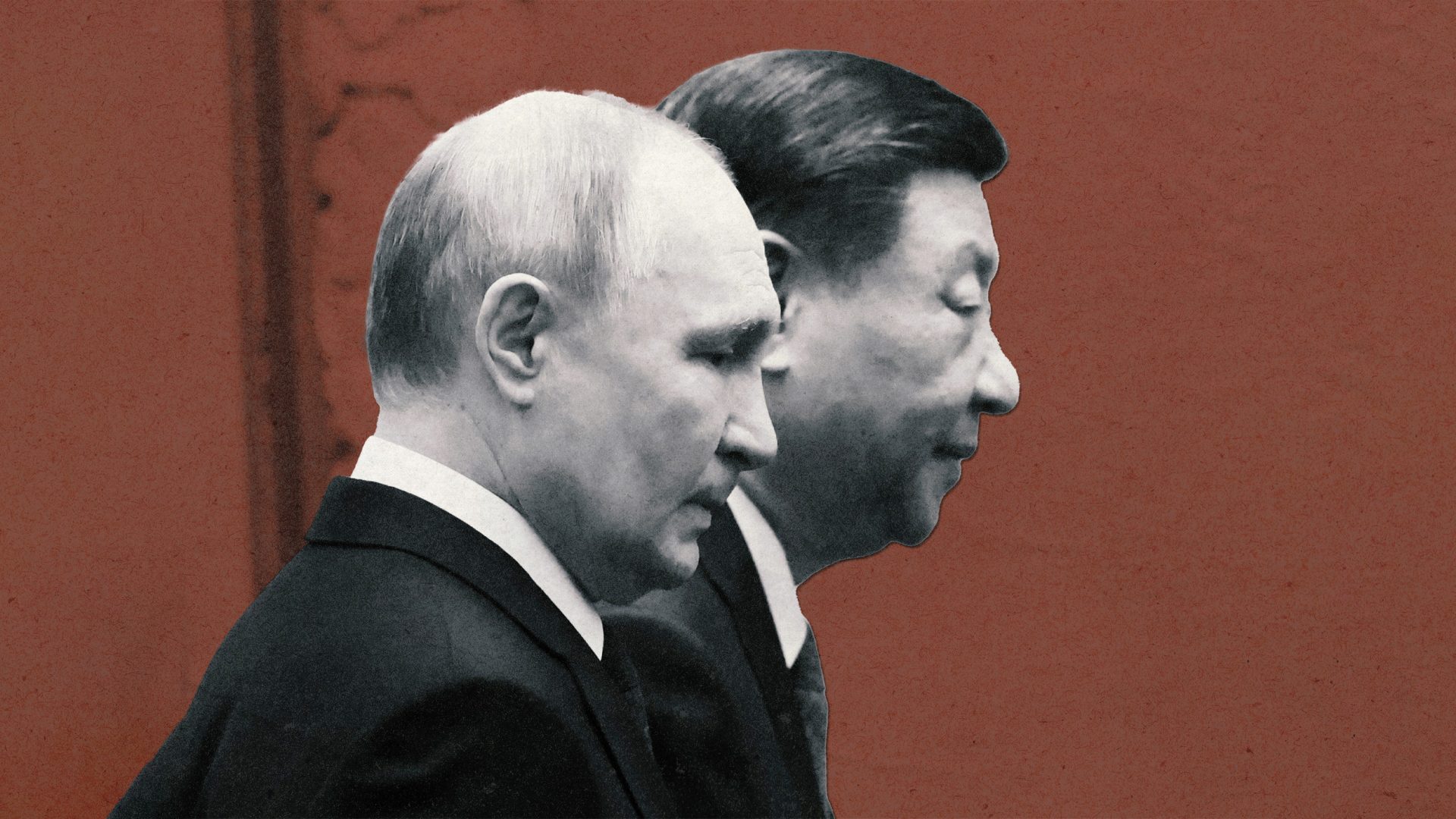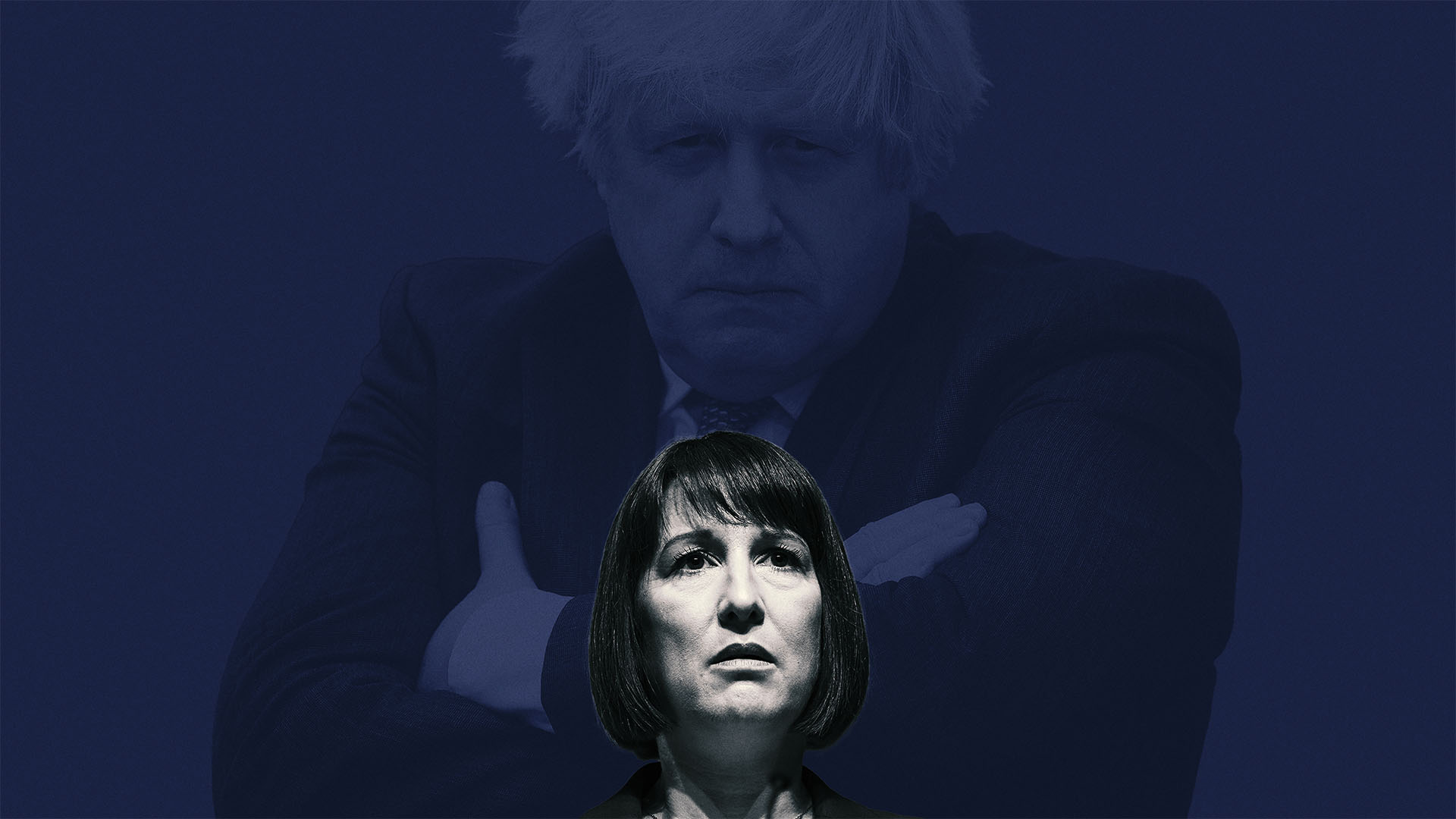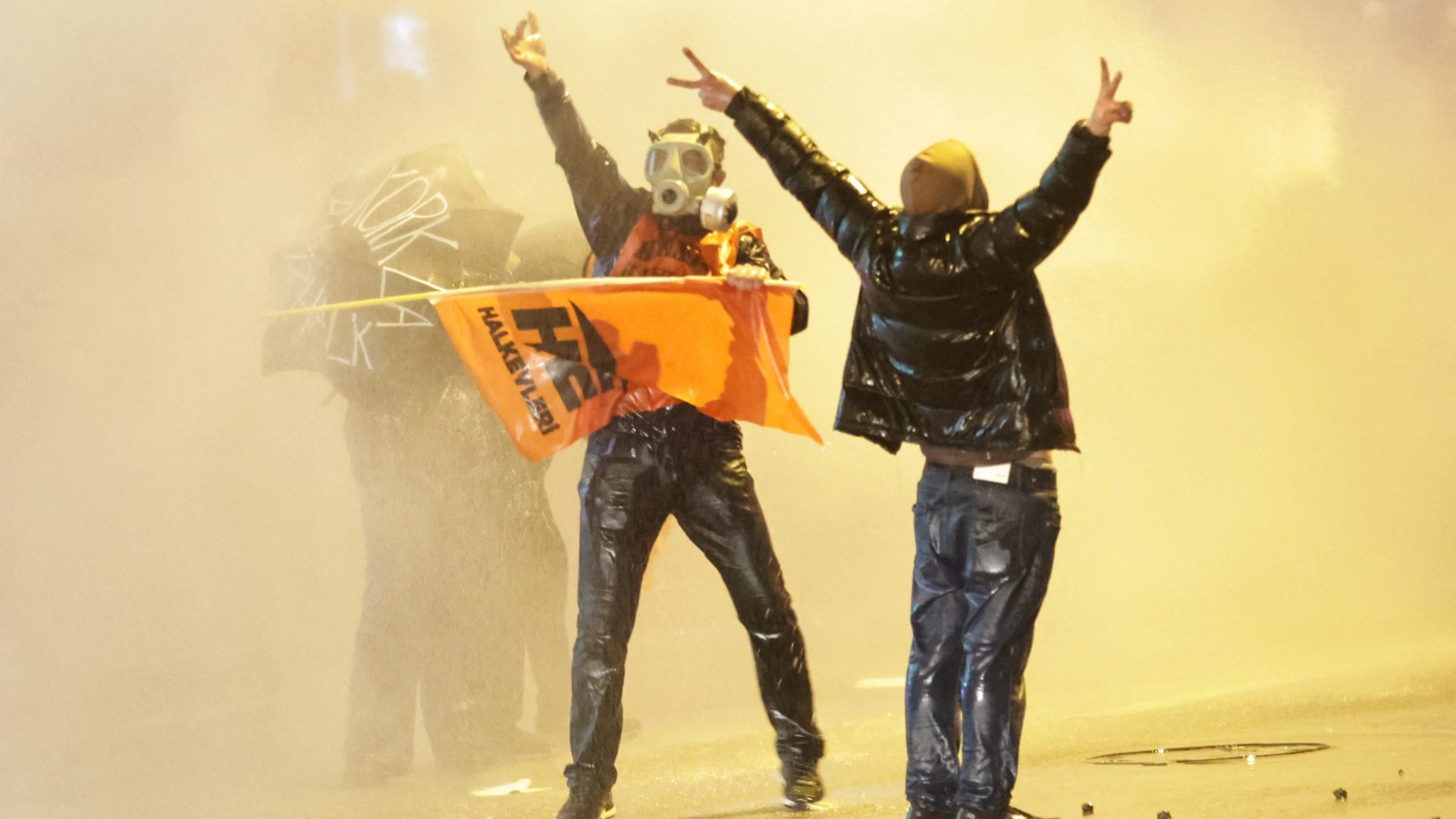“Russia’s economy is like a runaway train on a bend. It’s going faster and faster to keep up with the war effort, but the angle of the bend is getting sharper. You know what happens next: it comes off the rails.”
The man telling me this is a veteran of the Ukrainian national security world, and deeply engaged in the effort to keep his country armed. He’s of an age to have lived under the Soviet system and has lived close enough to its successor to know its weaknesses.
He tells me that if Vladimir Putin makes peace, the economy deflates. But if the war continues, with 40% of public spending already allocated to the war, there is equally a chance that it will exhaust its reserves – both financially and in terms of manpower.
It’s a view you hear a lot from Ukrainian politicians, and is backed by new research from Russia specialist Craig Kennedy.
It shows that, in addition to hiking defence spending to 6% of GDP, Russia has pumped $446bn into its arms industry through soft bank loans, made under the direct supervision of the state.
The short-term result is massive overheating, with inflation at 10% and the central bank’s base interest rate now at 21%. It also injects huge instability into the banking system. Late in 2024 Putin was warned that he could not keep the engine stoked with evaporating wads of money, and that should a major loan recipient default, the results could be catastrophic across the whole economy. So as we watch and wait for the danse macabre of peace talks to play out, we must also be aware of the risks.
The overheated state of the Russian war economy, and the fragility of its credit system, means Putin understands he does not have unlimited time. The strategy of rubble-ising Ukraine’s cities, gnawing a few kilometres per week off Ukrainian territory in the Donbas, cannot go on for ever.
But though that scenario would make any rational person sue for peace, it is equally possible that it triggers a gestural attempt to end the war: all Russian war exercises end with the explosion of a “tactical” nuclear weapon, as the signal of their desire to call it quits. In addition, says Kennedy, “Moscow will prioritise sanctions relief aimed at boosting cashflows to help with politically perilous postwar debt restructuring and rearmament”.
That includes resumption of pipeline deliveries to Europe, the unfreezing of Russia’s forex reserves held in Europe and the end of oil sanctions. Once you understand this, you understand why Donald Trump’s shambolic attempts to make a deal with Putin are so catastrophic, and likely to fail.
One view of Trump’s actions is that his walk-away from European security is a tactic to get the Europeans to spend more money, and that he remains fundamentally committed to collective defence. Since everything Pete Hegseth, the defense secretary, has said accords with this, we’ll call it the Hegseth option.
An alternative view is that Trump simply wants to go isolationist, enacting a new Monroe Doctrine that sees him lay claim to Greenland, Canada and Mexico, while avoiding strategic conflict with China and giving the nod to the annexation of Taiwan.
A third, worse, possibility, is that Trump is trying to do a strategic deal with Putin that leaves Europe dismembered, facilitating their joint carve up of the Arctic (with Norwegian-owned Svalbard and the Norwegian border region of Finnmark both in Putin’s sights). In this scenario, Trump manages to detach Putin from his “alliance without limits” with China, facilitating the latter’s strategic containment. That would leave the whole of Europe defenceless against a rearmed Russia.
But the state of the Russian economy shows why this “Reverse Nixon” gambit is likely to fail. Once the war ends, the Russian economy will deflate and become entirely reliant on China – unless Trump could persuade the Europeans to give back the frozen assets and start consuming Russian oil again.
Let’s just say that, by glad-handing the far right AfD party, and slandering our democratic culture, JD Vance made that outcome highly unlikely. Across Europe’s capitals there is now a steely determination to insure ourselves against an American stab in the back, and with Germany and Norway’s fiscal firepower it can be done quickly.
That makes the second option – American isolationism – less problematic for Europe. Who cares if a bunch of Bible-thumping, gas-guzzling Red staters, force-fed chlorinated chicken and algorithmic control, want to throw away their global leadership role, and tank the value of their currency with it? Not the people of Paris, Brussels, Rome and Warsaw.
In that scenario, western leaders such as Keir Starmer and UK defence secretary John Healey might then be able to walk the US administration back towards the Hegseth option.
But in the process, we must understand the dangers. In 2018 Putin famously asked: “What is the point of the world without Russia in it?” For Russian ethnonationalism, any form of defeat in this war – military, economic or moral – is an existential affront.
If they are bargained to a standstill now, they will rapidly rearm to the point where they can menace militarily all the places they are trying to destabilise through hybrid warfare now: Norway, Slovakia, Austria, Romania and Moldova being the prime candidates.
In the face of this, we need to rearm quickly and decisively: not because we want a conflict with Russia but to show its string-pullers in Beijing that they will sacrifice everything should they allow their new client state to attack the west.




